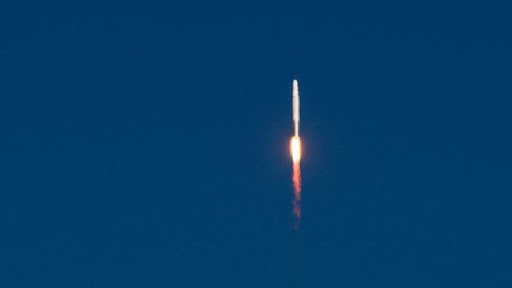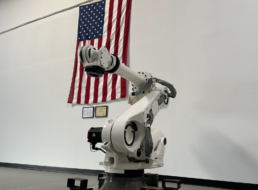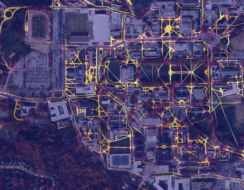A month after Astra’s LV0008 mission failed, the launcher has issued a preliminary postmortem of what went wrong.
ICYMI: Astra (NASDAQ:ASTR) attempted its first launch from the Space Coast on Feb. 10. After a few delays, the rocket launched and eventually failed mid-flight.
The problem: In a statement issued Monday morning by Andrew Griggs, Astra’s senior director of mission management and assurance, the company pinned the launch failure on an electrical issue that prevented the payload fairing from fully separating from the upper stage. The fairing’s five separation mechanisms fired in the wrong order, the fifth mechanism never released, and four NASA payloads were lost for good.
- The root of the issue: two “harness channels” were swapped in the fairing design drawings, and the fairing was built and tested according to those designs.
- The upper stage went tumbling afterwards due to a software issue, the company said. Now, they’re confident it’s been debugged.
The fix: Astra has gone back and reordered the separation mechanisms in its existing fairings and added more robust tests to catch similar mistakes on future launches. “With the root causes identified and corrective measures in place, we’re preparing to return to the launch pad with LV0009 soon,” the company said.




